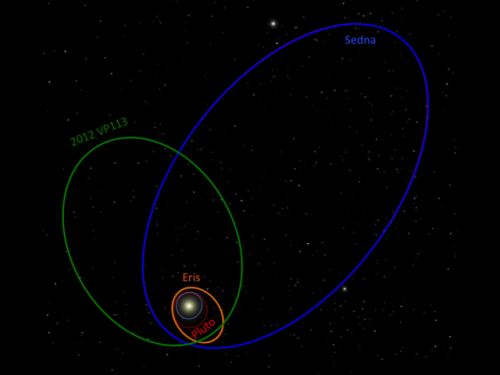startswithabang: Is Humanity Ignoring Our First Chance For A Mission To An Oort Cloud Object? &ldquo
startswithabang: Is Humanity Ignoring Our First Chance For A Mission To An Oort Cloud Object? “In 2003, scientists discovered an object beyond Neptune that was unlike any other: Sedna. While there were larger dwarf planets beyond Neptune, and comets that would travel farther from the Sun, Sedna was unique for how far it always remained from the Sun. It always remained more than twice as distant from the Sun as Neptune was, and would achieve a maximum distance nearly 1,000 times as far as the Earth-Sun distance. And despite all that, it’s extremely large: perhaps 1,000 kilometers in diameter. It’s the first object we’ve ever found that might have originated from the Oort cloud. And we’ll only get two chances if we want to send a mission there: in 2033 and 2046. Right now, there isn’t even a proposed NASA mission looking at the possibility. If we do nothing, the opportunity will simply pass us by.”Out beyond the eight planets of our Solar System, a large number of regions, all containing frozen objects, are theorized to exist. Innermost is the Kuiper belt, consisting of a wide variety of bodies, but all of which come quite close to Neptune’s orbit and feel its gravitational influence. Beyond that are the scattered disk objects: objects kicked by one of the gas giants out to greater distances. Beyond that are the detached objects, which have undergone multiple gravitational interactions and no longer come close to Neptune. And finally, there are the sednoids: objects that never come within double the Sun-Neptune distance of the Sun. There are only two known, and the first one, Sedna, is so large that it’s surely a dwarf planet. With an aphelion of approximately 1000 A.U., it may well have an origin in the inner Oort cloud, which is hitherto only theorized.Fantastically, we have two launch windows for a mission to Sedna, if we were interested in going. Why are we not clamoring for this mission, and for the potential chance to explore the Oort cloud for the first time?! -- source link







